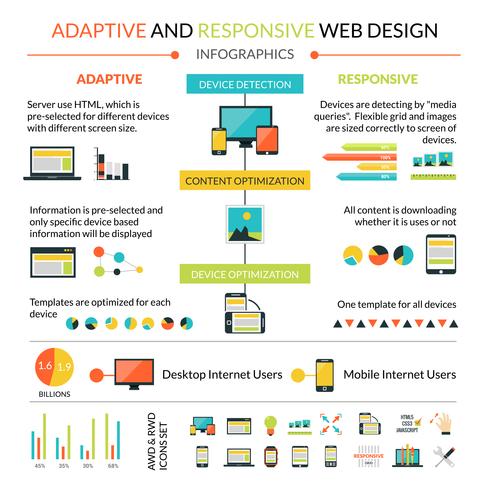Key Elements Of Website Design: Techniques For Creating An Available Customer Experience
Key Elements Of Website Design: Techniques For Creating An Available Customer Experience
Blog Article
Composed By-Crews Daugaard
When it pertains to website layout, making sure user-friendliness is essential. From Suggested Browsing to streamlined navigating, every element plays an important function in developing a website that deals with your audience's demands. Yet what concerning the finer details that can make or break a customer's searching experience? Remain tuned as we reveal some often-overlooked pointers that can raise your site's use to the next level, making it truly stand out in the digital landscape.
Relevance of Responsive Style
Receptive design is an essential aspect of modern site advancement. Ensuring your site is responsive methods that it can adapt to different screen sizes and gadgets, supplying a smooth experience for individuals.
With the enhancing use smart devices and tablets to access the net, having a receptive design is necessary for getting to a wider target market. It aids in enhancing user experience by making your site easy to navigate and keep reading any kind of device.
Furthermore, receptive style can positively influence your online search engine positions, as internet search engine like Google prioritize mobile-friendly sites. By having a receptive design, you're also future-proofing your internet site, as new devices with differing display dimensions remain to arise.
Simplify Navigating Structure
To enhance customer experience and assist in simple access to information on your internet site, enhancing the navigation framework is critical. When making your website, concentrate on developing a clear and intuitive navigating menu that helps site visitors find what they're searching for quickly.
find out here of menu things to the basics, grouping related pages together to avoid overwhelming individuals. Usage detailed labels that clearly show the web content of each web page, making it easier for customers to comprehend where each link will take them.
Think about applying dropdown menus for subcategories to avoid jumbling the main navigation bar. Additionally, include a search bar plainly on the web page for users who favor looking for specific details.
Prioritize mobile responsiveness in your navigating layout to guarantee very easy accessibility on all gadgets.
Enhance Web Page Tons Speed
Improving page lots speed is crucial for preserving site visitors on your website. Slow-loading web pages irritate individuals and can result in high bounce prices. To optimize web page lots rate, begin by optimizing pictures. Press photos without endangering top quality to decrease their documents sizes.
In addition, enable browser caching to save often accessed sources locally, speeding up lots times for returning site visitors. Minify CSS, JavaScript, and HTML documents by removing unnecessary personalities, remarks, and format, improving lots speed.
Think about making use of a material delivery network (CDN) to disperse your site's material throughout several web servers worldwide, reducing latency for individuals accessing your website from different locations. Finally, limit using third-party manuscripts and plugins, as they can dramatically influence lots times.
Conclusion
Finally, by including receptive design, streamlining navigation, and enhancing page lots rate, you can develop an easy to use web site that appeals to a wider audience and boosts customer experience. These essential elements ensure that site visitors can conveniently access and navigate your site across different tools, resulting in raised involvement and satisfaction. By focusing on these crucial aspects, you can construct an effective internet site that maintains individuals returning for more.
